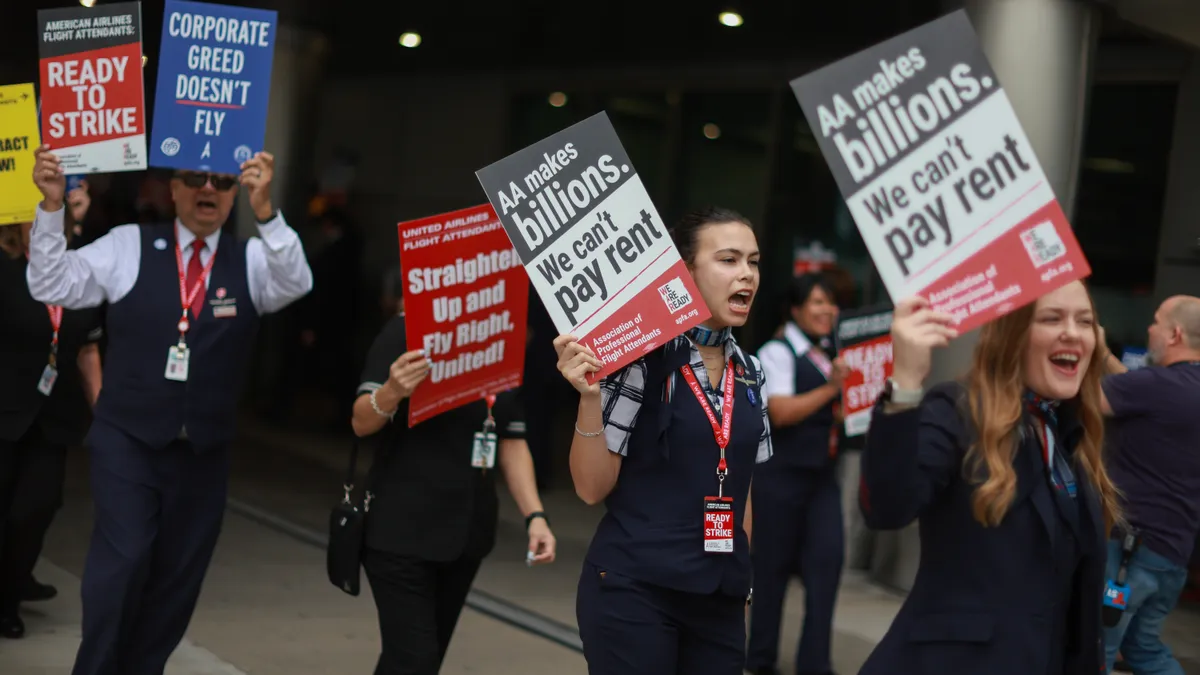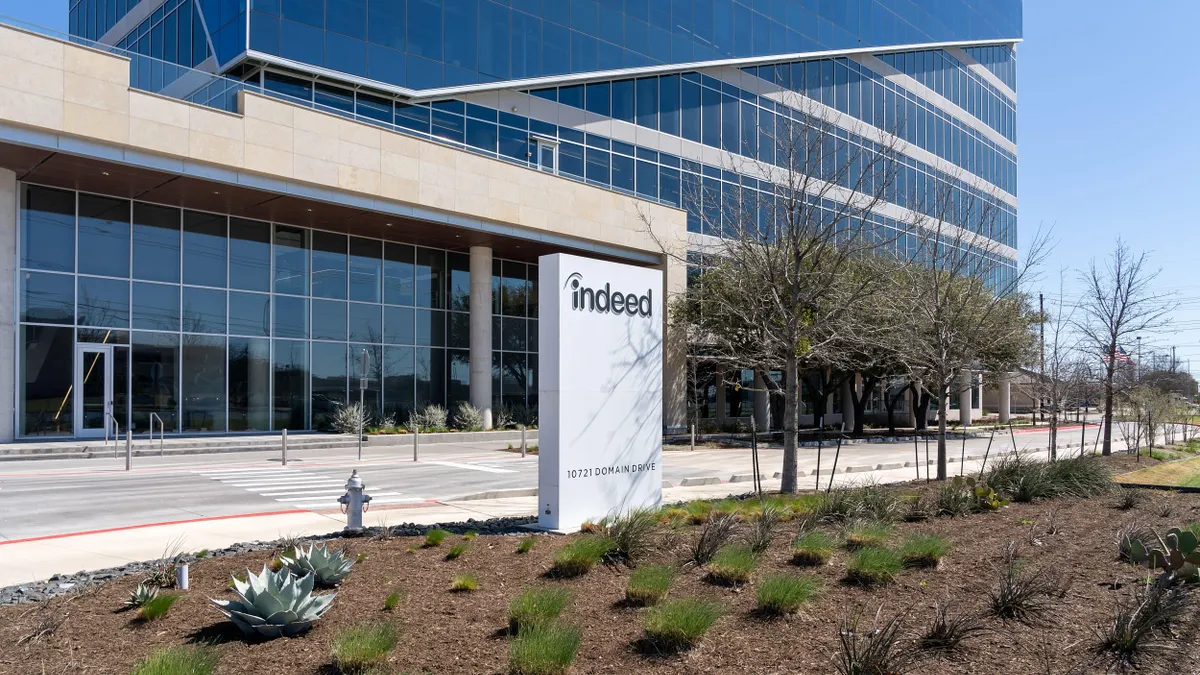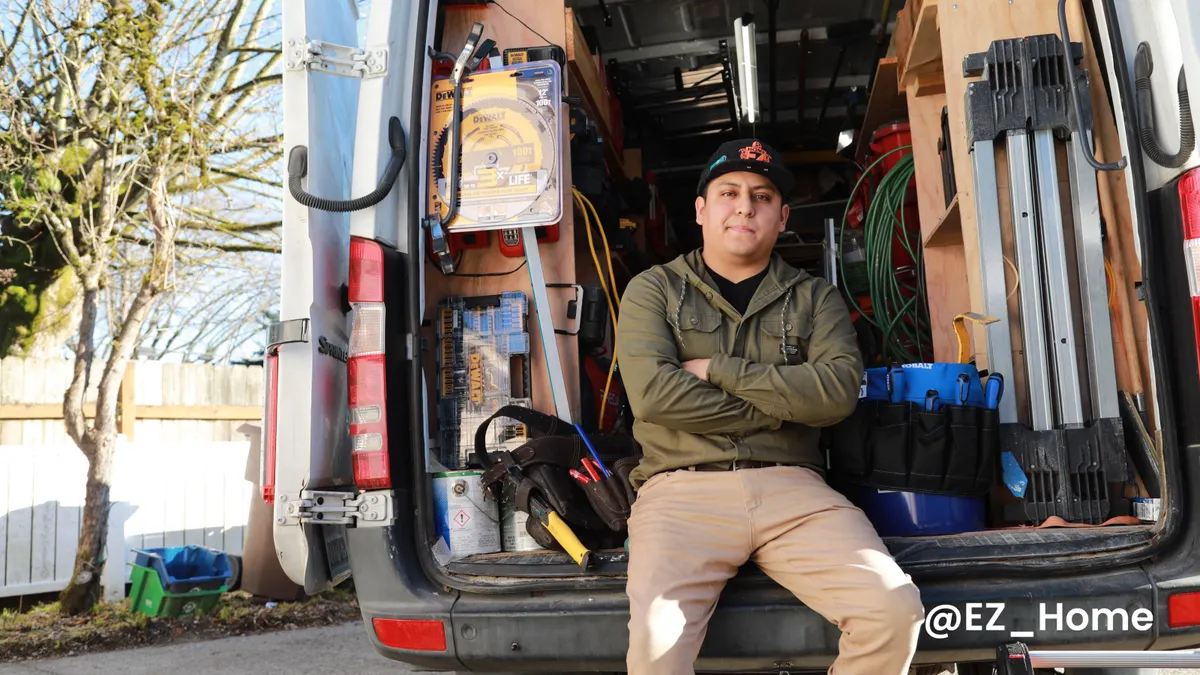2020 showcased just how far technology has come, allowing entire conferences to be held virtually — including the Spring 2021 HR Technology Conference and Expo. But for all the changes technology has brought to the workplace, companies still rely on decades-old strategies to recruit, Jackye Clayton, DEI strategist for SeekOut, said during an HR Tech keynote.
"Some of the lessons recruiters are using today are the same things we talked about 10, 15, 20 years ago," Clayton said. And while — as the conference attests — technology can bring people together from all around the world, "we haven’t learned how to connect with people just across the street that are different from us."
Leaders are still struggling to overcome the "diversity paradox," Clayton noted — the impossible demand that everyone be different but also the same. "We want diversity but we also want people like us. We want change, but for things to stay the same...and we want people to bring their authentic selves to work only if it doesn’t change the company culture."
Clayton challenged the audience to consider: What are you pretending not to know? How many people are being held back based on someone’s ignorance? How many people have not been referred to your company because their differences were not seen as an asset? Who do you work with who is holding people back?
"The problem a company has with recruiting diverse talent is not primarily a problem with the recruiting process," she said. "The problem occurs when organizations are unwilling to accept that the way they have been doing it is all wrong. 20 years wrong."
Clayton shared six mistakes companies commonly make when they recruit diverse talent.
1. Looking for potential Black employees only at HBCUs
A product of an HBCU herself, Clayton said that when she hears organizations structure their recruiting efforts for Black or African American employees at HBCUs, "I cringe a little."
Only three of the top colleges for Black student enrollment are HBCUs. Based on current enrollment, if a Black student recruiting challenge only accounts for HBCUs, a recruiter is leaving 50,000 candidates on the table, Clayton said. Only 20% of Black students who complete a Bachelor’s degree complete it at an HBCU.
2. Putting too much attention on progressive experience
Many recruiters commonly put "10 years of experience with continuous responsibility" or similar phrases on job descriptions. But some groups, including the transgender community which Clayton used as an example, routinely face harassment at work; a 2011 survey noted that 90% of trans respondents faced harassment or mistreatment at work, she noted. "How long should a person stay at a job where they are being mistreated or harassed?" she said.
More often than not, these candidates don’t have a straight line or "swoosh' upward of responsibility. "It looks more like a staircase," Clayton said. "Sometimes even a bouncing ball." Workers are also told not to complain about how badly they were treated at companies, which means candidates are left searching across different jobs to find a place that is accepting of them.
Before recruiters judge a resume for job hopping, "consider that they may have been discriminated against." Consider asking them to speak about their career journey and how they see it going forward — and how they see it moving forward at the recruiter’s organization.
3. Not targeting applicants with disabilities
Disability is often forgotten on employers’ diversity goal lists, Clayton said. But like HBCUs or single-gender schools, various colleges and programs exist that directly work with people of varying disabilities. Gallaudet University supports students who are deaf or hard of hearing, for example, while Landmark College supports students with learning disabilities.
"When you are recruiting, don’t overlook the often overlooked," Clayton said.
4. Starting diversity efforts at entry-level roles
Clayton shared a real-world example where an HR leader bragged about his company’s plan to improve its D&I by focusing on hiring young women straight from college to join the sales team. The problem? The company was vastly cis male — and the HR professional felt it was unnecessary to provide diversity and bias training to hiring managers because "they didn’t need their hiring managers to become diversity experts. He just needed them to follow directives," Clayton said. "There are many things wrong in this real-world scenario."
Diverse leaders need to be empowered to hold subordinates accountable to the company’s diversity goals and create a safe environment for its diversity teams; "If your program is going to work, accountability is critical," she said.
5. Expecting technology to solve a problem that a lack of tech did not create
Finding diverse talent has never been easier, Clayton said. "It takes two clicks." But while tech helps, it also isn’t the end-all solution to D&I woes.
"I can’t help but laugh when people ask 'How does your tool reduce bias?' I’ll answer them, but I stop short of asking them what they are doing to reduce bias."
6. Retaining those who hedge on D&I commitments
Clayton was careful to point out that this doesn’t necessarily mean firing people who don’t know how to better enable D&I. "I’m talking about the people who are so afraid of losing their power and their comfort that they would rather do what they’ve always done to keep what they think only belongs to them." The issue is not a lack of diverse talent, Clayton said, but too many leaders who are sexist, homophobic, and so on.
"If you are in one of those types of environments, I hate to tell you, but you are part of a toxic culture," she said.
The companies that are seeing success are "no longer trying to make diverse populations fit into their culture," Clayton said. "They have to break or change their culture."
The goal has to change the culture, Clayton added, which may mean shattering the usual way of doing things. It’s going to take some "frustrating work" and experiencing discomfort — but after the past year, a little discomfort could go a long way in helping organizations lift up and include the tired members of their diverse cohorts.




















